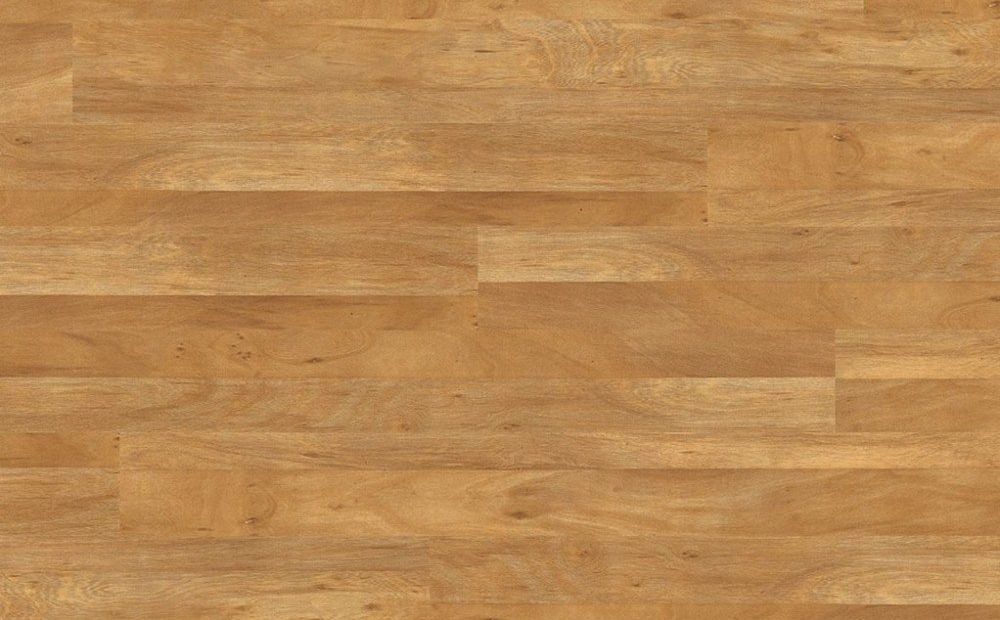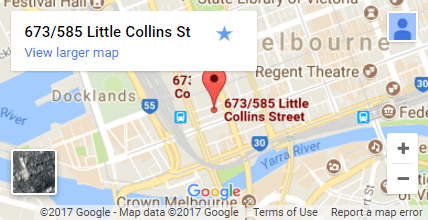Welcome to the shiny world of non-toxic hardwood floor polish! If you’re like many homeowners, you adore the timeless elegance that hardwood floors add to your home. With the right care and maintenance, these durable beauties can last up to a century, making them a wise investment for any home.
However, maintaining that glossy sheen isn’t as straightforward as it seems. About every ten years, your hardwood floors will require a refinishing touch to preserve their appearance and durability. Here’s where the tricky part comes: How to choose the right floor finish.
So, how does our floor polishing Melbourne pick the perfect eco-friendly polish for hardwood floors? It involves understanding what non-toxic flooring really means and considering a few critical factors to ensure you’re making a choice that’s as healthy as it is aesthetically pleasing. Let’s dive into the journey of choosing the right non-toxic hardwood floor polish, where beauty meets responsibility.
The Importance of Non-Toxic Floor Finishes
The finish plays a pivotal role in preserving the beauty and integrity of hardwood floors. However, beyond aesthetics and durability, the choice of floor finish also significantly impacts health and environmental sustainability. This brings us to the crux of opting for non-toxic floor finishes, an area where professionals and homeowners alike pay closer attention.
Impact of VOCs on Health and Environment
The conventional floor finishes we’ve grown accustomed to are often laden with Volatile Organic Compounds (VOCs). These chemicals, when emitted into the air, pose a series of health and environmental hazards. Inside our homes, concentrations of VOCs can be 2-to-5 times higher than outdoor levels, leading to an array of health concerns such as respiratory irritation, allergic reactions, and even long-term health impacts. Environmentally, VOCs contribute to air pollution and greenhouse gas emissions. Thus, the move towards non-toxic floor finishes is not just a trend but a necessary shift towards wellness and environmental responsibility.
Benefits of Choosing Non-Toxic Options
Opting for non-toxic hardwood floor polish reaps benefits that extend well beyond the immediate environment of your home. Firstly, these eco-friendly choices significantly reduce the exposure to harmful chemicals, safeguarding the health of your family and pets. Furthermore, non-toxic finishes often have a gentler, more pleasant odour, making the application process less invasive. Environmentally choosing such finishes reduces the ecological footprint of your home maintenance practices. The use of sustainable, natural materials in these finishes supports a healthier planet.

Exploring Non-Toxic Floor Finishes
Understanding the importance of non-toxic floor finishes leads to exploring available options. Thanks to advancements in technology and a growing emphasis on sustainability, the market now offers a variety of eco-friendly solutions that promise durability without compromising health or environmental integrity.
Water-Based Polyurethane
Water-based polyurethane is a prime example of innovation in non-toxic floor finishes. Its formulation, which utilises water as the primary solvent, significantly lowers VOC emissions compared to its solvent-based counterparts. This makes it a safer option for indoor air quality and provides a durable, clear coat that enhances the natural beauty of hardwood floors. Its resistance to yellowing and quick-drying properties make it a popular choice among professionals.
Plant-Based Finishes
Venturing into the realm of plant-based finishes unveils a world of possibilities derived from nature. These finishes, made from renewable resources such as soy, carnauba wax, linseed oil, and tung oil, offer an eco-friendly approach to floor finishing. Though they might take longer to cure, their environmental benefits, coupled with the natural aesthetics they provide, make them worth considering. From the protective properties of carnauba wax to the rich sheen imparted by oils like linseed and tung, these plant-based finishes cater to diverse tastes and requirements, all while adhering to non-toxic standards.
Shellac
Shellac, with its origins in the resinous secretion of the lac bug, presents another intriguing option. This biodegradable finish dries quickly and offers a natural glow that amplifies the wood’s character. It’s renewable and, most importantly, emits virtually no VOCs, aligning with the quest for healthier, more sustainable home maintenance solutions. However, it’s worth noting that shellac is sensitive to moisture and certain chemicals, which could limit its application in some environments.
Choosing the right non-toxic hardwood floor polish combines personal preference, performance requirements, and environmental considerations. By opting for water-based polyurethane, plant-based finishes, or shellac options, professionals and homeowners alike can achieve a beautiful, durable floor finish without compromising health or the planet.
As we move towards a greener future, the choices we make in maintaining our homes play a pivotal role in shaping a healthier, more sustainable world.
Key Considerations for Selecting a Non-Toxic Floor Finish
When it comes to selecting the right non-toxic finish for hardwood floors, there are several crucial factors our floor polishing Melbourne take into account to ensure the choice not only contributes to the aesthetics and durability of the flooring but also supports a healthier indoor environment and ecological sustainability. These considerations include assessing VOC content, understanding the importance of certifications, scrutinising the formulation and ingredients, and considering durability and longevity.
Evaluating VOC Content
Volatile Organic Compounds (VOCs) are chemicals emitted into the air from various products, including traditional floor finishes. High levels of VOCs in indoor environments can lead to adverse health effects such as respiratory irritation and allergic reactions. Professionals often recommend finishes with low or zero VOC content to minimise these risks. Non-toxic floor finishes, particularly those that are water-based, such as water-based polyurethane, have significantly lower VOC levels compared to their conventional counterparts, making them a safer choice for homes and the planet.
Importance of Certifications
Certifications are pivotal in verifying the eco-friendliness and safety of non-toxic floor finishes. Third-party organisations offer certifications that indicate a product has undergone rigorous testing and meets stringent environmental and safety standards. These certifications are a hallmark of non-toxicity and suitability for indoor use, providing an added layer of assurance to homeowners and professionals alike. Experts recommend choosing products with such certifications to ensure the healthiest indoor air quality.
Formulation and Ingredients
The composition of the floor finish is another critical aspect. Professionals prioritise choosing finishes that consist of natural, plant-based, or water-based ingredients, as these are generally safer and less harmful than finishes containing petroleum-based solvents. Options like soy-based finishes, carnauba wax, candelilla wax, beeswax, thistle oil, linseed oil, and tung oil are derived from plants, offering a sustainable and eco-friendly alternative. Additionally, water-based polyurethanes are preferred for their low VOC content and less potent odour. Although plant-based finishes are eco-friendly, it’s essential to note they may require more time to cure fully.
Assessing Durability and Longevity
When it comes to preserving the beauty and integrity of hardwood floors, the finish’s durability and longevity are paramount. An ideal floor finish offers excellent wear resistance and protection against scratches, stains, and UV damage. Durable finishes reduce the need for frequent refinishing, prolonging the floor’s lifespan and minimising the ecological footprint associated with maintenance. While considering eco-friendly options, professionals also weigh the finish’s performance, ensuring it can withstand the rigours of day-to-day use without compromising safety and environmental impact.
Concluding, selecting a non-toxic floor finish involves a thoughtful balance between safety, sustainability, performance, and aesthetics. By carefully considering these key factors, professionals can protect indoor air quality, contribute to a healthier living space, and ensure hardwood floors remain beautiful and durable for years.
Choosing the right non-toxic floor polish for your hardwood floors is not just a matter of aesthetics; it’s a significant investment in your home’s future and the health of its inhabitants. Our deep dive into how our professionals select the perfect non-toxic hardwood floor polish highlights the importance of prioritising both the environment and personal health.
When selecting a non-toxic polish, consider factors like VOC content, certifications, formulation, and durability. Water-based polyurethane, plant-based options such as soy-based finishes natural waxes, and shellac stand out as leading choices. Each type benefits from reduced harmful emissions to eco-friendly ingredients, enhancing your floors’ beauty without compromising safety.
Remember, the right choice will depend on your specific needs, including the desired finish, the level of durability required, and your environmental priorities. Consult Timber Floor Sanding Melbourne for further details about the floor polish used on your floors. Choose our floor polishing Melbourne services as we make sure that we choose the best polish for your timber floors. Reach out to us and let us choose the non toxic polish for your floors.


